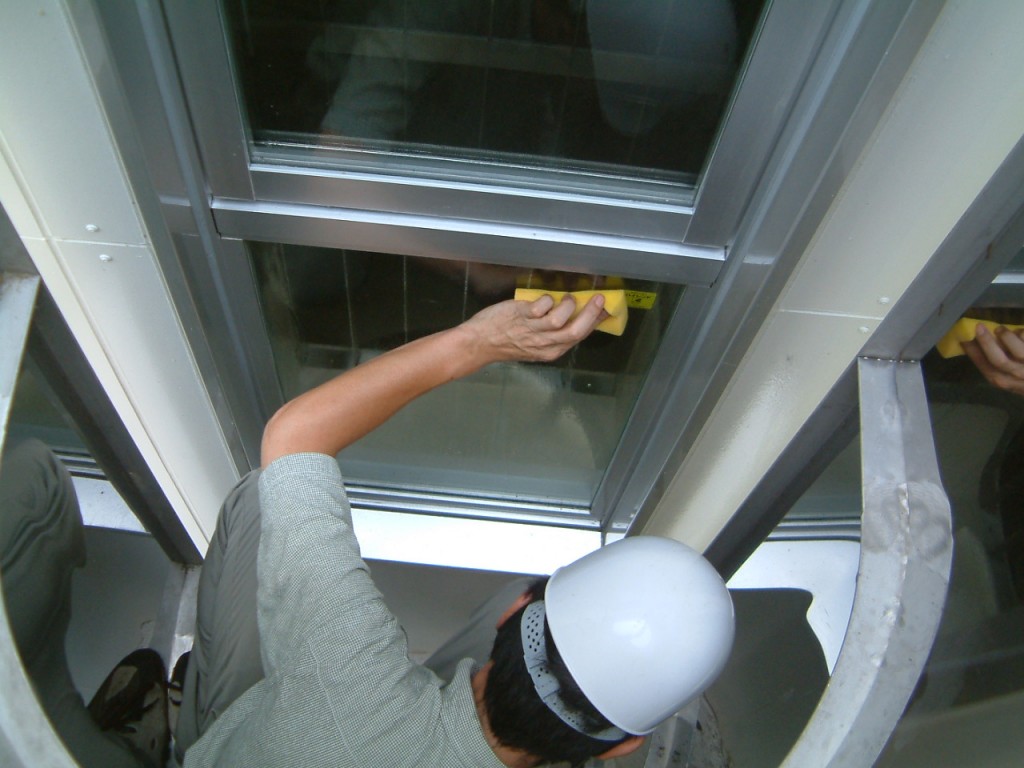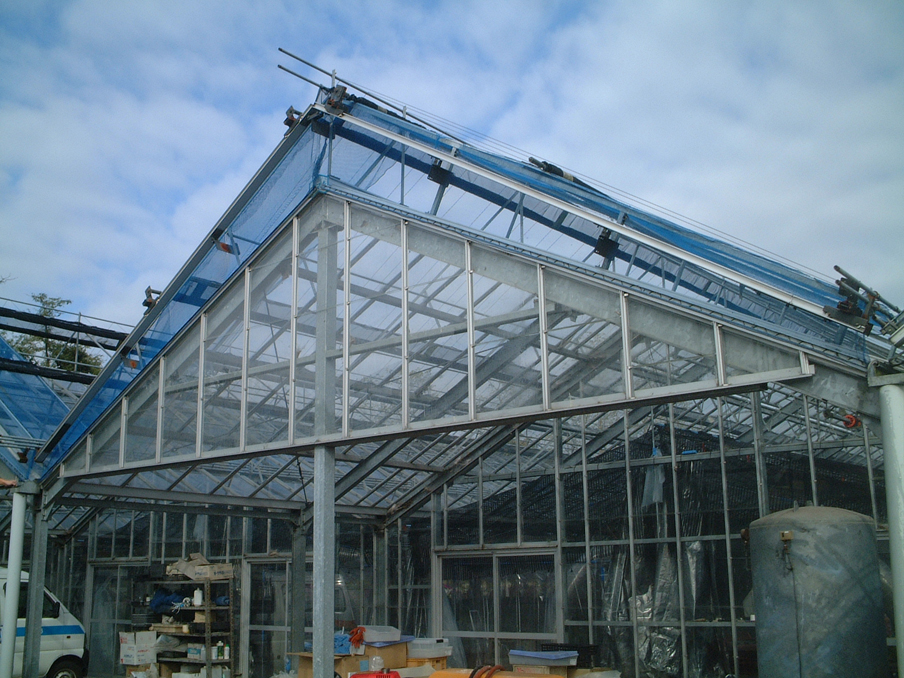
Even if you say cleaning the window glass in the high place, the work includes various elements.
In addition to human labor, water and detergent, there are many costs such as gasoline costs for automobiles, high altitude work vehicles, risk management costs during cleaning work, and waste liquid treatment costs.
Also, considering the environment, there are many things that should be reduced, such as the amount of detergent used, waste liquid, and exhaust gas.
Photocatalyst M-Clean is a useful product for such cost reduction and environmental measures.
For example, use in such a place

If photocatalyst processing is applied to the outside of the window glass of buildings, houses, apartments, etc., cleaning costs can be reduced, as well as hazardous work during cleaning and emissions of substances that burden the environment.
Especially for buildings without balconies and window glass in high places that are usually out of reach, the photocatalyst performance is great.

Dirty window glass in hotel lobbies and restaurants ruins the beautiful scenery.
In places where you want to keep the window glass clean all the time, cleaning costs and time are required.
If you use the self-cleaning effect of Photocatalyst M-Clean's super-hydrophilic effect, daily cleaning work will be easier with maintenance just by pouring water on the window glass.

Greenhouses with roofs and walls made of glass may break due to human error during cleaning, and there is a risk that moss, algae, etc. will make it impossible to regulate the temperature inside the greenhouse.
Moss and algae growing on the surface can be suppressed by applying Photocatalyst M-Clean to the glass.
In addition, the number of regular maintenance can be reduced, which leads to cost reduction.
Flow of photocatalyst construction
Technicians perform photocatalyst construction from high-pressure washing and dirt removal to construction confirmation work.
- Field survey
- Scaffold erection or aerial work platform
- cleaning/dirt removal
- Degreasing / Glass surface polishing
- The Basecoat application
- Photocatalyst M-Clean application
- Drying/Curing
- Hydrophilicity test
- Delivery
